Lithium-ion batteries have revolutionized technology and are ideal for powering various devices. With an impressive energy density ranging from 90 Wh/kg to over 200 Wh/kg, they enable smartphones, laptops, and electric vehicles to operate longer without adding unnecessary weight.
One standout feature of these batteries is their longevity. For instance, EBL Li-ion batteries are designed to be recharged hundreds of times, offering exceptional durability. In electric vehicles, lithium-ion batteries can last up to 15 years in moderate climates, showcasing their reliability and strength over older battery technologies.
When considering the advantages and disadvantages of Li-ion batteries, their high energy density, lightweight design, and extended lifespan make them the preferred choice for a wide range of applications.
Key Takeaways
- Lithium-ion batteries store a lot of energy without being heavy. This helps devices like phones and electric cars last longer.
- These batteries are built to last through many charges. They save money because they don’t need to be replaced often.
- Their small and light design makes them great for portable gadgets. They are easy to use and save energy.
- Lithium-ion batteries lose very little charge when not in use. They can hold power for months, which is helpful for emergency tools.
- Even though they cost more at first, they save money later. They are a smart choice for many uses because they work well and last long.
Advantages of Lithium-Ion Batteries
High Energy Density
Lithium-ion batteries are better because of their high energy density. They store lots of energy without being heavy. This makes them great for portable devices and electric cars.
For example, they hold 150 to 250 Wh/kg of energy. Older batteries, like lead-acid ones, only store 30-50 Wh/kg.
Different types of lithium-ion batteries work for different needs. Here's a simple table:
|
Battery Type |
Energy Density (Wh/kg) |
|
Lithium Iron Phosphate (LFP) |
90 - 160 |
|
Lithium Cobalt Oxide (LCO) |
150 - 200 |
|
Lithium Nickel Manganese Cobalt Oxide |
150 - 220 |
|
Lithium Titanate (LTO) |
50 - 80 |
This flexibility lets you pick the right battery for your device. Whether it's for a fast car or a backup system, there's an option. Smaller battery packs also mean thinner gadgets.

Long Lifespan and Rechargeability
Lithium-ion batteries last longer and can be recharged many times. Older batteries wear out faster, but these can handle hundreds or thousands of charges. This saves money since you won’t replace them often.
Tests check how long these batteries last in real-world conditions. They measure things like capacity and voltage.
For example:
- Temperature and how much energy is used affect lifespan.
- Special tests predict how well batteries will work over time.
These tests make sure lithium-ion batteries stay reliable for years. Whether in phones or cars, they are durable and efficient.
Lightweight and Compact Design
Lithium-ion batteries are light and small. They use materials like lithium and aluminum to keep the weight low. This makes them perfect for laptops, drones, and wearable devices.
In electric cars, their small size saves space while keeping performance high. Cars with these batteries are roomy and energy-efficient.
Compared to lead-acid batteries, lithium-ion ones are five times lighter. This makes them important for industries where weight matters.
Tip: Need a battery that’s powerful and easy to carry? Lithium-ion batteries are the best choice. Their light design improves energy use and portability.
With high energy density, long life, and lightweight design, lithium-ion batteries are better than older technologies. While they have pros and cons, their benefits are ideal for modern devices.
Low Self-Discharge Rate
Lithium-ion batteries are special because they lose energy very slowly. This means they can keep their charge for months or years. They are great for things like emergency lights or backup power systems. These devices don’t need daily use, but must stay ready.
The low energy loss happens due to smart materials and designs. These features stop chemical reactions inside the battery that waste energy.
For instance, lithium-ion batteries lose only 1-2% of their charge each month. Older batteries, like nickel-cadmium ones, can lose up to 20%. This makes lithium-ion batteries much more efficient and reliable.
As these batteries get older, they may lose energy a bit faster. Even then, they still work better than most other types.
Versatility Across Applications
Lithium-ion batteries can be used in many different ways. They power phones, electric cars, and even big machines. Their flexibility comes from different types of lithium-ion chemistries made for specific jobs.
- Lithium iron phosphate (LiFePO4) batteries are tough and affordable. They are used in buses and trucks.
- Nickel-manganese-cobalt (NMC) batteries store lots of energy, making them great for fancy cars and long trips.
-
Lithium titanate oxide (LTO) batteries last a very long time and are used in mining and construction.
|
Battery Type |
Key Features |
Common Uses |
|
LiFePO4 |
Strong, affordable |
Buses, trucks |
|
NMC |
High energy storage |
Fancy cars, long trips |
|
LTO |
Very long-lasting |
Mining, construction |
This variety lets you pick the best battery for your needs. For gadgets, lithium-ion batteries are light and small.
For electric cars, they give long driving ranges and charge quickly. In renewable energy, they store solar or wind power efficiently.
Tip: Whether for everyday devices or heavy-duty machines, lithium-ion batteries are the best choice. They can handle many tasks, making them useful in many industries.
Disadvantages of Lithium-Ion Batteries
High Initial Cost
Lithium-ion batteries cost a lot at first. This high price comes from making lithium very pure.
Removing impurities, like magnesium, needs special tools. These tools are expensive and raise production costs. Also, the price of lithium materials keeps going up.
Note: The upfront cost is high, but these batteries last long. Their durability and efficiency often make them worth the money.
Studies show why these batteries are costly:
- Special machines are needed to make lithium pure.
- Removing magnesium is a big part of the cost.
- Lithium material prices are rising worldwide.
Even with the high price, many industries pick lithium-ion batteries. They perform well and are reliable, making them a smart choice over time.
Safety Concerns (e.g., overheating, flammability)
Safety is a big issue with lithium-ion batteries. They can overheat and cause a chain reaction called thermal runaway. This can make the battery fail and release harmful gases like carbon dioxide. These gases are dangerous in small spaces.
Signs of a bad battery include hissing, bulging, or leaking. These mean the battery might catch fire and need quick attention. But better technology has fixed many of these issues.
Main safety concerns include:
- Thermal runaway: Overheating can cause the battery to fail.
- Toxic gases: Harmful gases can leak during venting.
- Flammability: Leaking liquid can catch fire easily.
Tip: Use certified chargers and keep batteries away from heat. Handle and store them carefully to stay safe.
Limited Lifespan with Degradation Over Time
Lithium-ion batteries wear out slowly over time. Each charge and use makes them lose a little power. Even when not used, they age due to storage conditions. Heat and how much they are charged also affect their lifespan.
Tests show why batteries degrade:
|
Factor |
What Happens |
|
Aging Mechanisms |
Layers form inside, causing less capacity. |
|
Operating Conditions |
Heat and charging speed affect how fast they wear out. |
|
Calendar Aging |
Batteries age even when stored, losing power slowly. |
|
Lithium Plating |
Certain conditions make them degrade faster. |
Using batteries too much or in hot places makes them age quicker. While they last longer than older batteries, their limited life is still a problem.
Note: To make your battery last longer, don’t let it drain fully. Store it in a cool, dry spot and take care of it regularly.
Environmental and Recycling Challenges
Lithium-ion batteries are useful, but recycling them is hard. When these batteries stop working, they can harm the environment if not handled properly. Recycling is tricky and needs better solutions.
Why Recycling Lithium-Ion Batteries Is Hard
Recycling lithium-ion batteries takes advanced tools and costs a lot. Valuable metals like lithium, cobalt, and nickel are hard to recover. The cost of recycling is often higher than the value of the metals. This makes recycling less common.
|
Problem |
Details |
|
High Costs |
Recycling costs more than the value of recovered metals. |
|
Environmental Harm |
Throwing batteries away can pollute soil and water. |
|
Better Technology Needed |
Improved recycling methods are needed to reduce harm. |
Throwing batteries away can release toxic chemicals into nature. These chemicals hurt plants, animals, and people. Recycling programs and eco-friendly brands can help solve this problem.
The Growing Waste Problem
Lithium-ion batteries last 3 to 10 years before wearing out. As more people use them, battery waste grows quickly. By 2020, millions of tons of old batteries were thrown away each year.
|
Problem |
Details |
|
Short Lifespan |
Batteries last 3 to 10 years, creating lots of waste. |
|
Toxic Metals |
Batteries contain harmful metals, making landfills unsafe. |
Recycling isn’t common because it’s expensive and hard to do. Governments and companies need to work together to make recycling easier and better for the planet.
Environmental Costs of Recycling
Recycling batteries uses a lot of energy and creates waste. Studies show that better battery designs can lower these costs. For example, smarter designs reduce pollution and save resources.
- Better battery designs lower recycling costs and energy use.
- Research shows improved designs reduce pollution and waste.
- Studies focus on recovering materials like graphite efficiently.
Choosing brands that care about the environment helps reduce battery waste. Supporting these companies makes a big difference.
The Path Forward
To fix these problems, industries need to invest in better recycling tools. Public education can teach people how to recycle batteries safely. You can help by picking eco-friendly products and recycling used batteries.
Tip: Always recycle old batteries at special drop-off locations. This protects nature and saves valuable materials.
Lithium-ion batteries are great, but they come with challenges. Learning about these issues helps you make choices that are good for you and the planet.
Comparison to Other Battery Types
Lithium-Ion vs. Lead-Acid Batteries
Lithium-ion batteries are much better than lead-acid ones.
- They have higher charging and discharging efficiency, over 95%. Lead-acid batteries only reach 80-85%. This means lithium-ion batteries waste less energy.
- They last longer, offering 2,000-5,000 cycles or more. Lead-acid batteries only last 300-500 cycles. This makes lithium-ion batteries about ten times more durable.
- Lithium-ion batteries are safer for the environment. Lead-acid batteries contain harmful materials like lead and acid. These can damage nature. Lithium-ion batteries are recyclable and less toxic.
These features make lithium-ion batteries the best for storing energy. They are ideal where efficiency and long life are important.
Lithium-Ion vs. Nickel-Cadmium Batteries
Nickel-cadmium (NiCd) batteries were popular before, but lithium-ion ones are better now.
- Lithium-ion batteries have a higher energy density. They store more energy in smaller, lighter sizes. This makes them great for phones and laptops.
- They don’t have a memory effect, unlike NiCd batteries. You don’t need to fully drain them before recharging. This saves time and effort.
- NiCd batteries contain cadmium, a harmful heavy metal. Lithium-ion batteries are safer and better for the planet.
Even though NiCd batteries cost less upfront, lithium-ion batteries are more efficient and eco-friendly. Their benefits outweigh the price difference.
Lithium-Ion vs. Emerging Battery Technologies
New battery types like sodium-ion and solid-state are being developed. Still, lithium-ion batteries are the best right now.
- Sodium-ion and potassium-ion batteries are cheaper and more available. But they are still being tested and improved.
- Magnesium- and calcium-ion batteries might store more energy. However, they are hard to produce on a large scale.
- Solid-state batteries are safer and store more energy. But making them is expensive and not yet practical.
These new technologies may improve in the future. For now, lithium-ion batteries are the most reliable and useful choice.
Tip: Lithium-ion batteries are the best mix of performance, durability, and eco-friendliness. They work well for most modern needs.
Wrap UP
Lithium-ion batteries are special because they work well, last long, and can be used in many ways. They power devices like phones and electric cars, showing how useful they are.
Their lightweight and ability to store lots of energy make them perfect for today’s technology. Even though they can be expensive and have safety risks, their advantages are usually more important.
Here are some key facts about their performance:
|
Key Performance Indicator |
What It Means |
|
Production Efficiency Rate |
Factories use 85% to 90% of materials effectively. |
|
Cost Per Unit Produced |
The price dropped to $137 per kWh by 2020. |
|
Product Quality Yield |
Factories aim for 98% or higher to reduce waste. |
|
Recycling Rate Of Materials |
At least 30% to 50% of parts are recycled. |
EBL is a leader in making great lithium-ion batteries. Choosing these batteries gives you a mix of strong performance and eco-friendly benefits.
FAQ
What makes lithium-ion batteries better than other types?
Lithium-ion batteries store more energy and last longer. They charge faster and are lighter than older batteries. These features make them perfect for phones, laptops, and electric cars.
Why do lithium-ion batteries cost more initially?
They cost more because they use rare materials like lithium. Making them also needs advanced tools, which adds to the price. But they last long and save money over time.
Are lithium-ion batteries safe to use?
Yes, they are safe if used properly. Problems happen if they overheat or are handled wrong. Use approved chargers and keep them away from heat to stay safe.
How do lithium-ion batteries benefit the environment?
They save energy and last longer than older batteries. This means less waste and lower energy use. But recycling them is hard, so better methods are needed.
What are the main disadvantages of lithium-ion batteries?
They cost a lot at first and can wear out over time. Safety risks like overheating are possible if not handled well. Recycling is also tricky, but their benefits often outweigh these issues.

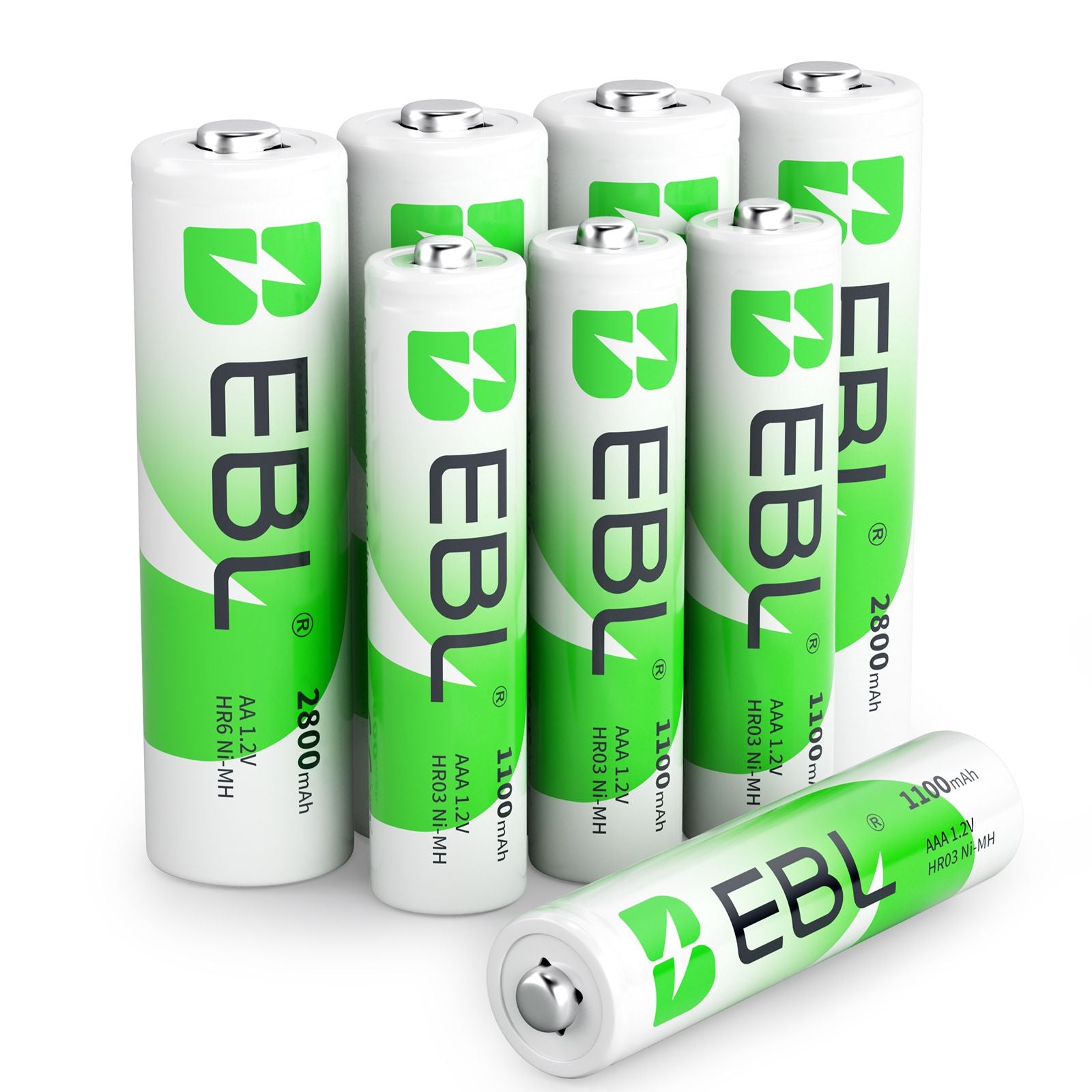

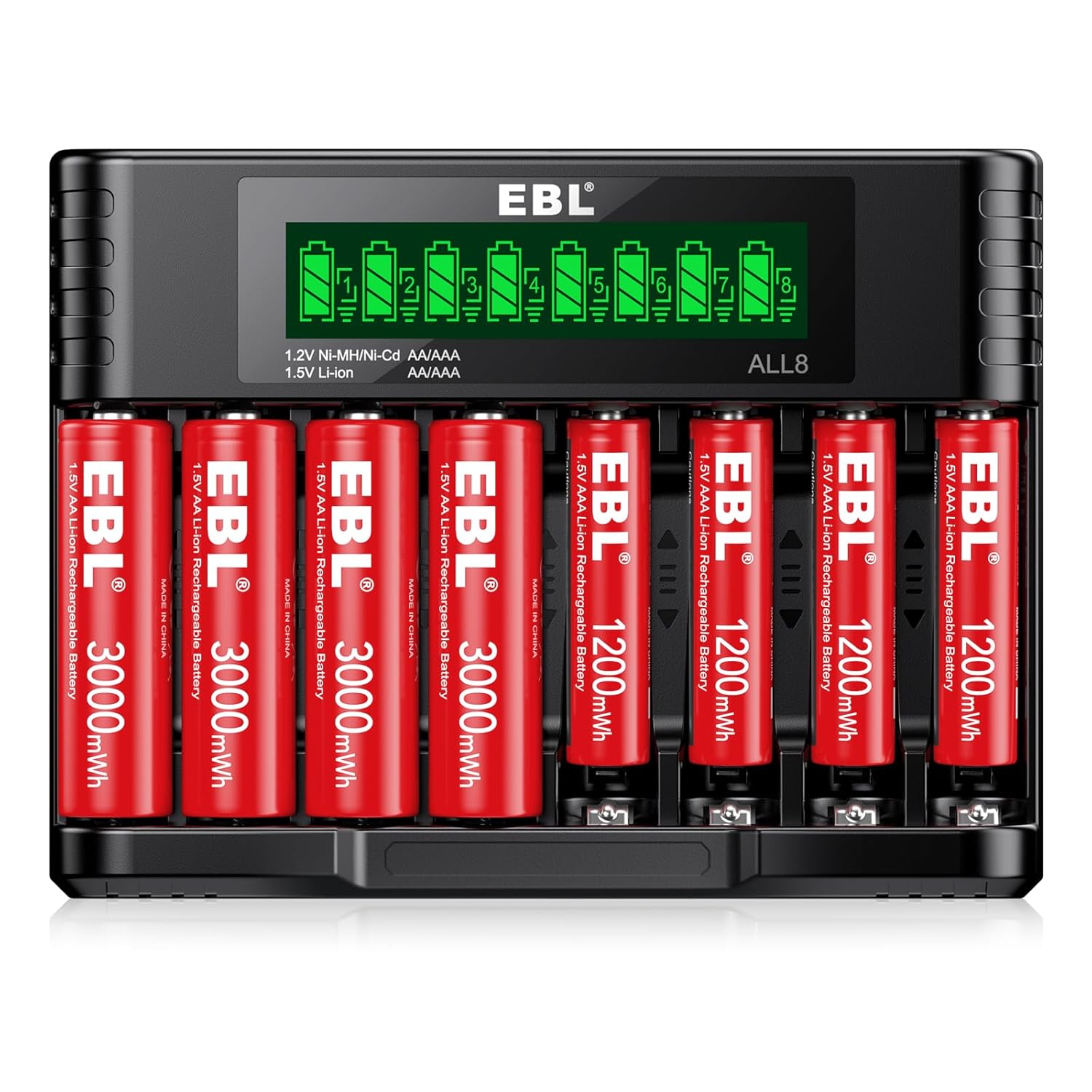

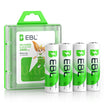
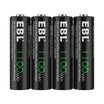
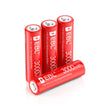
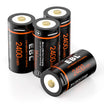
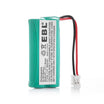
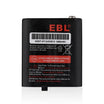
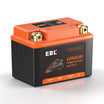


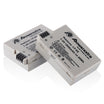
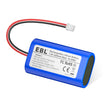
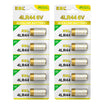
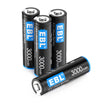
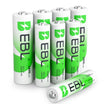
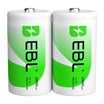
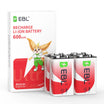

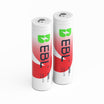
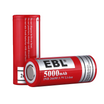
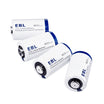
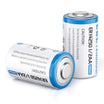
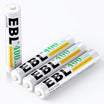
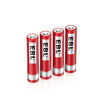
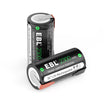
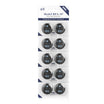
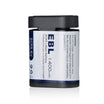
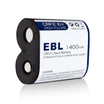
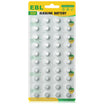
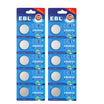

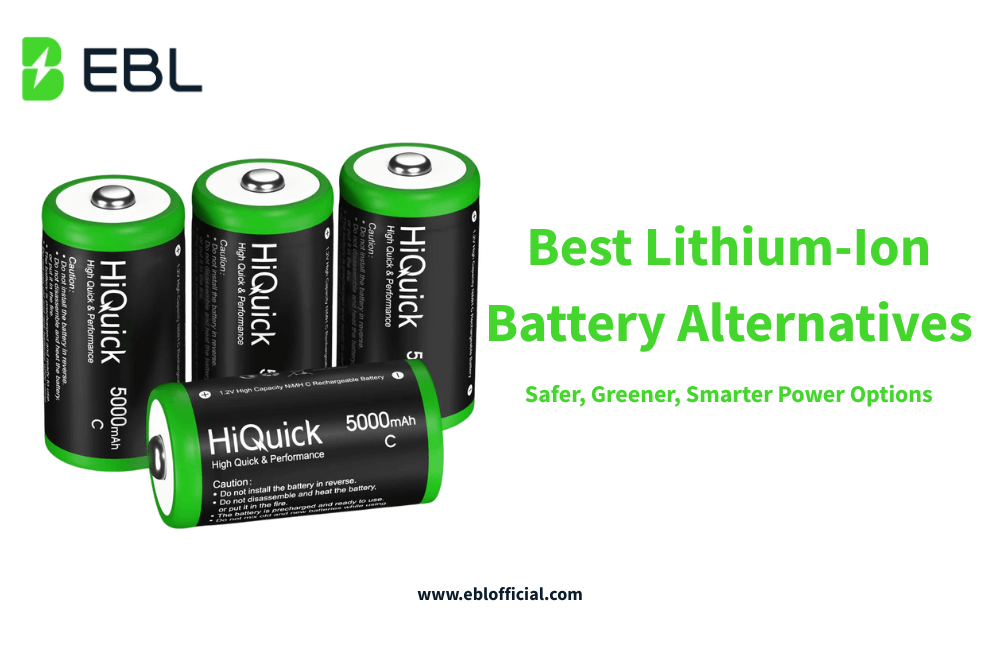
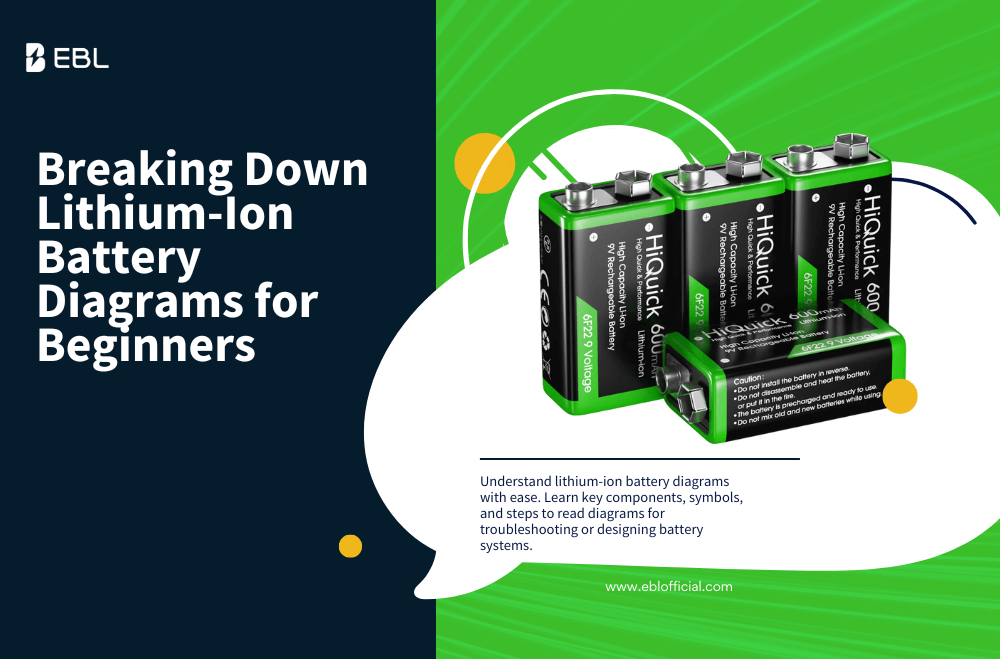
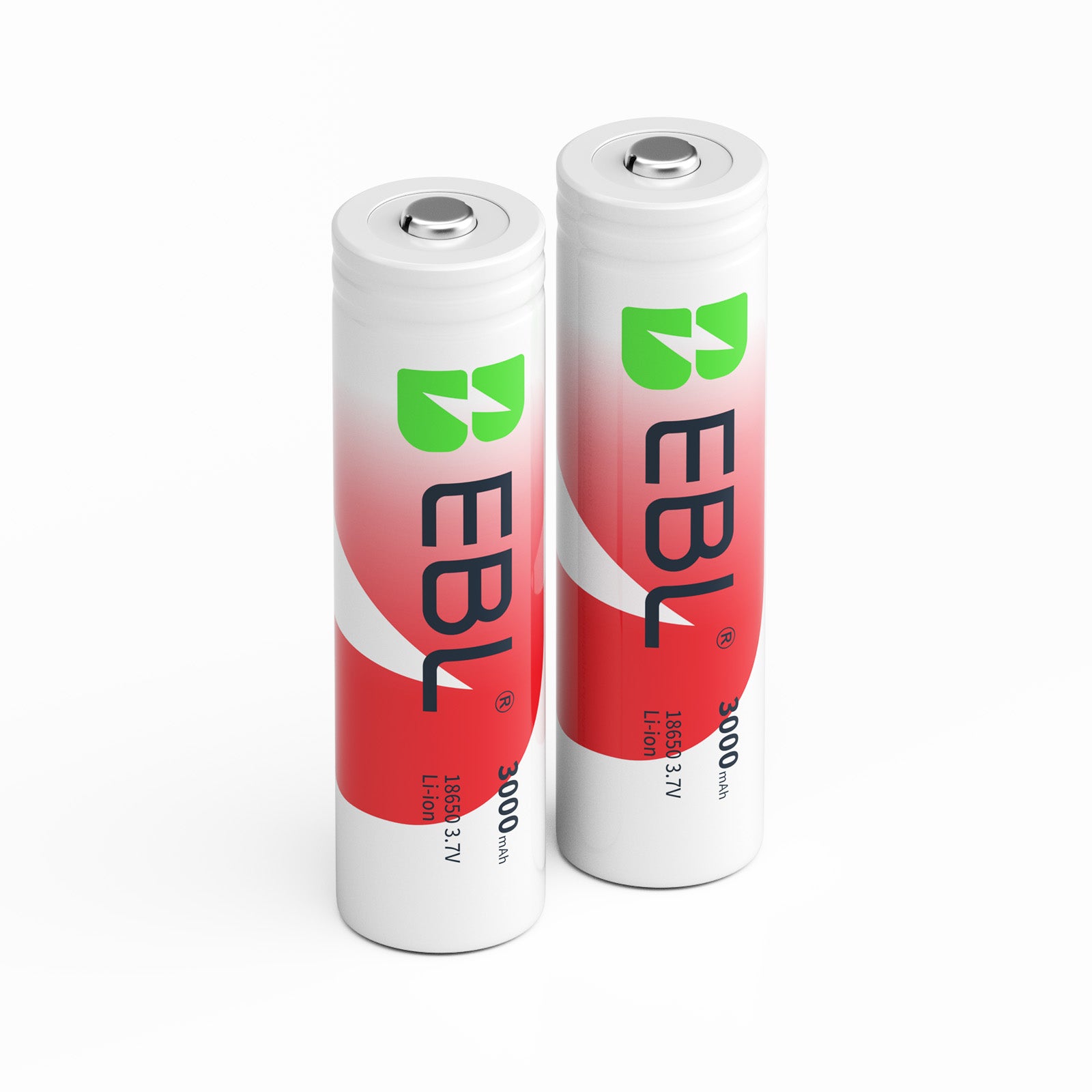
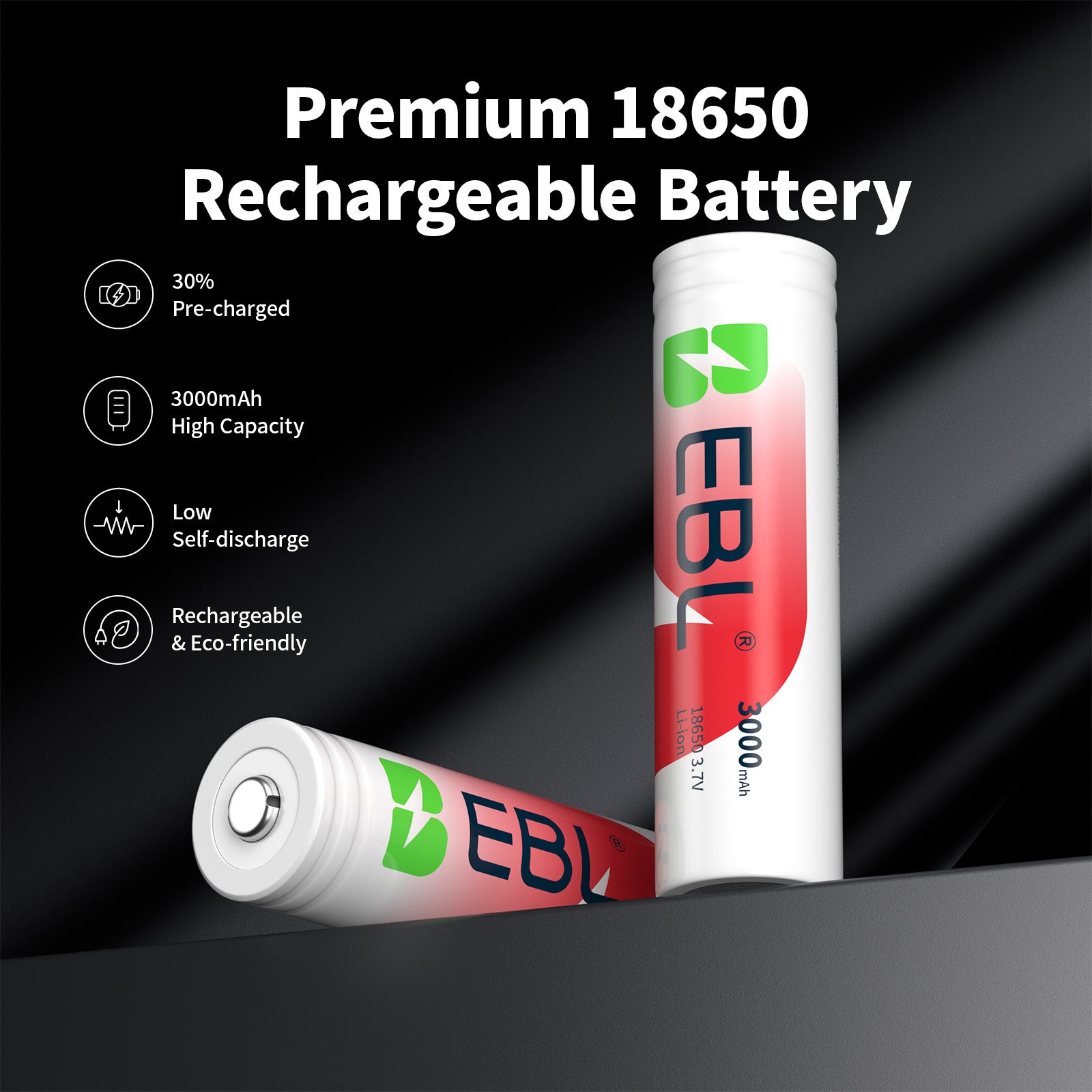

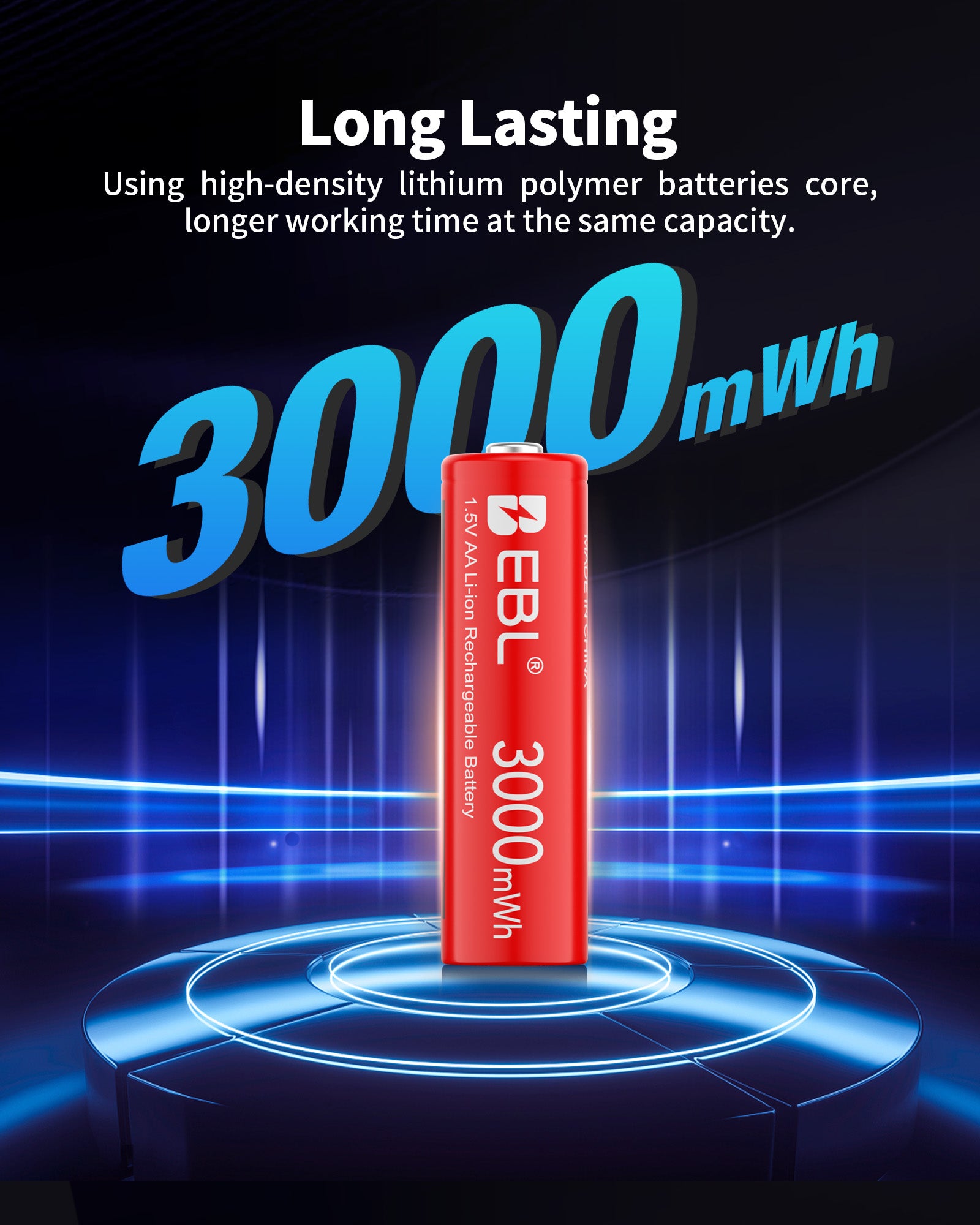
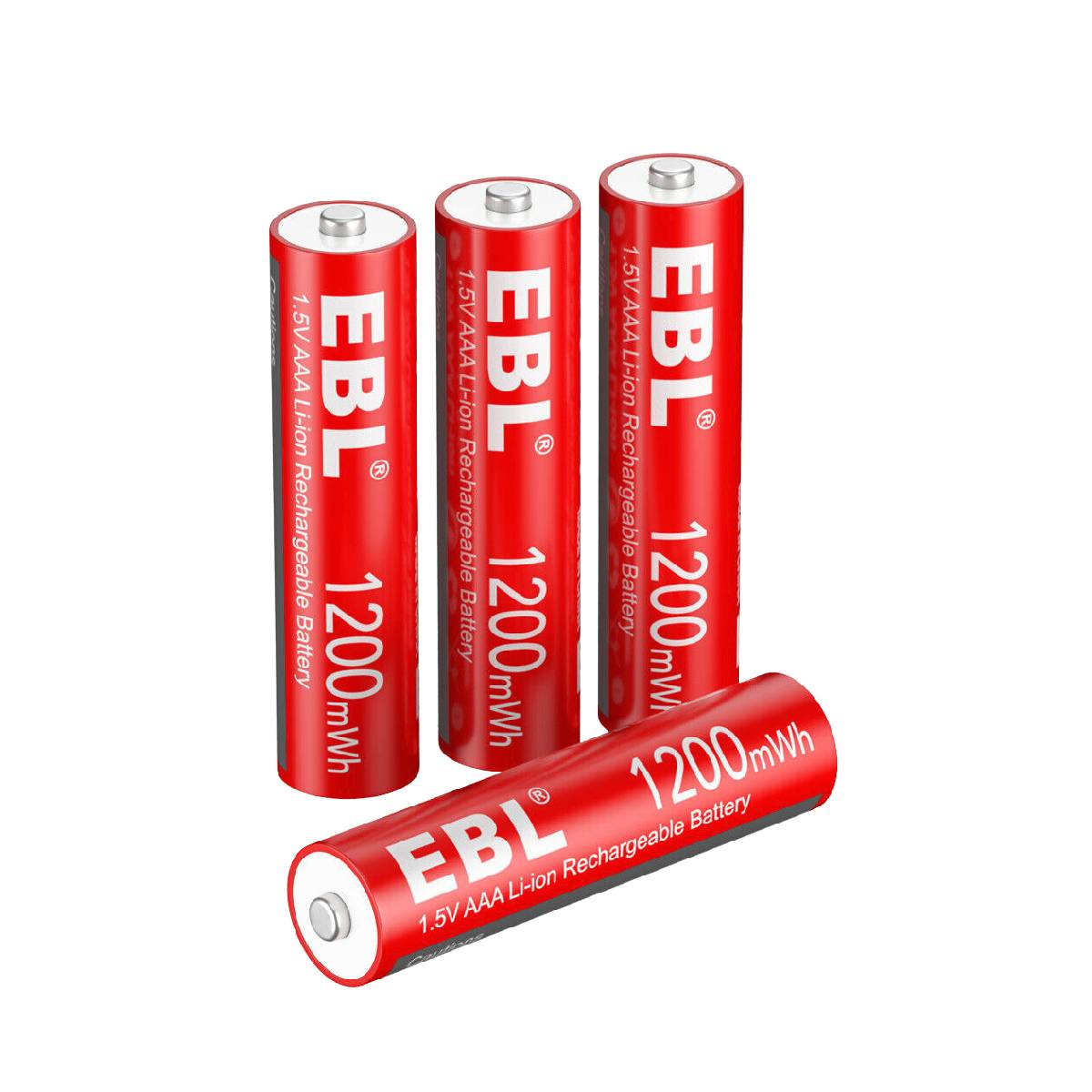
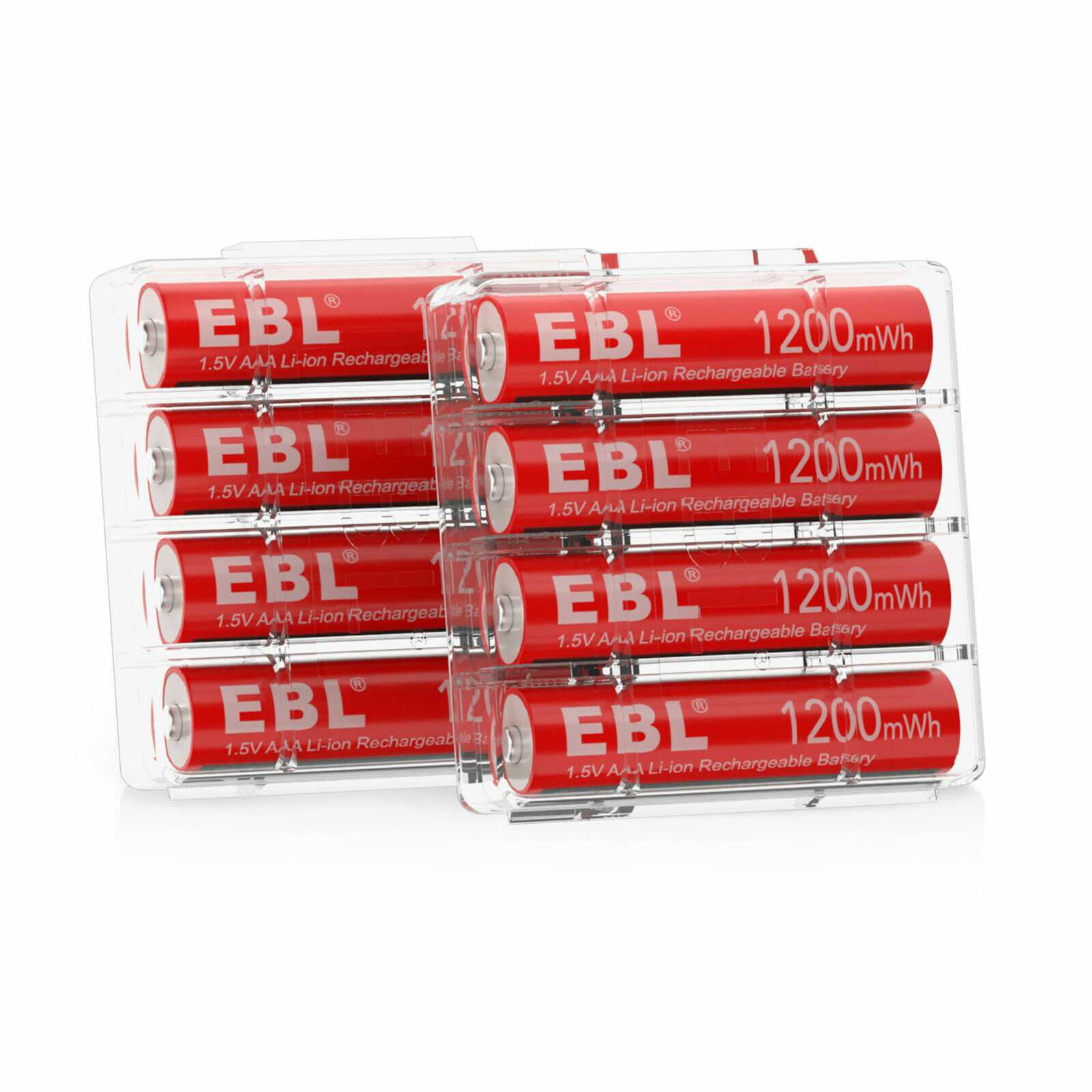
Leave a comment
All comments are moderated before being published.
This site is protected by hCaptcha and the hCaptcha Privacy Policy and Terms of Service apply.